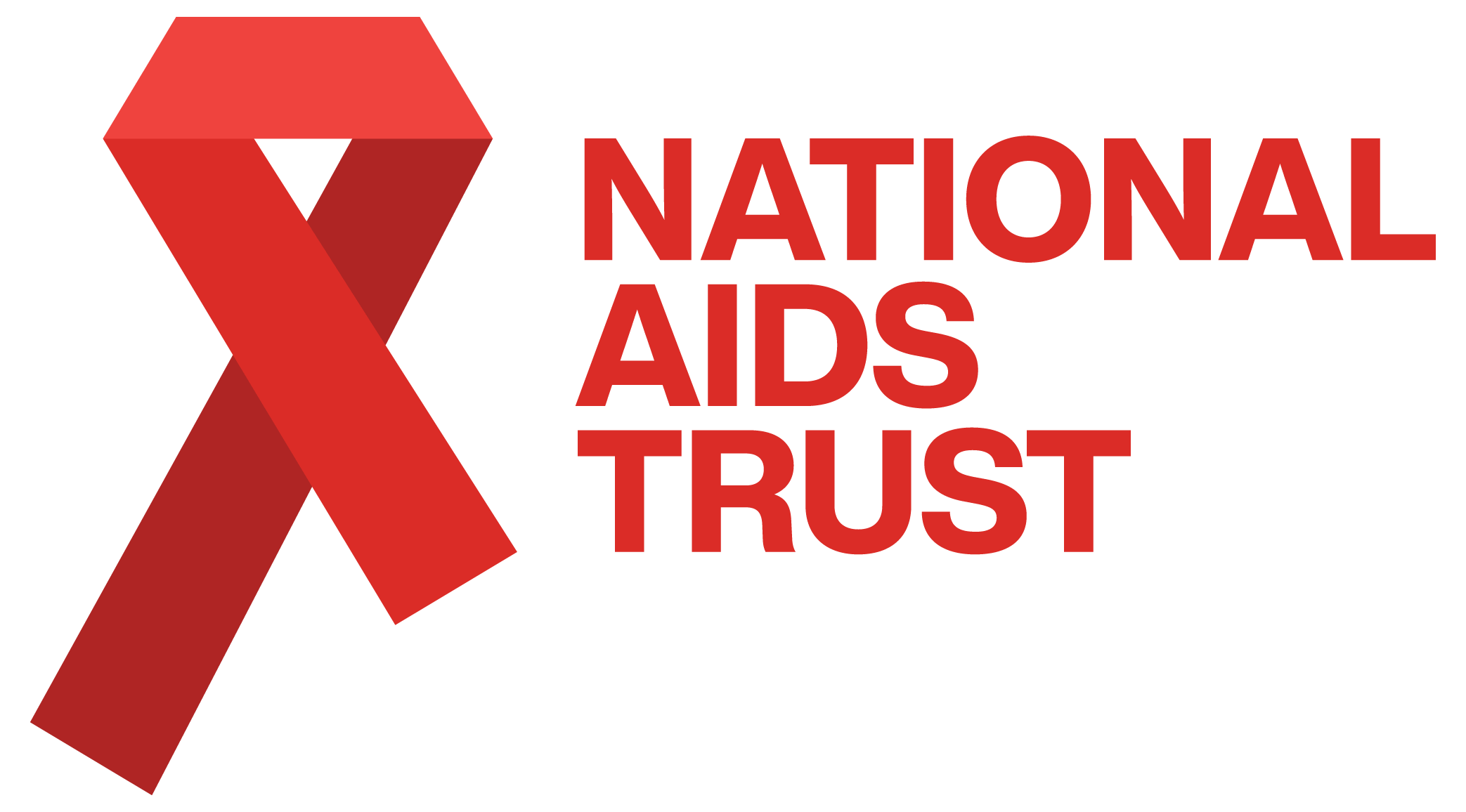Why HIV markers on the Police National Computer are wrong

By Kat Smithson, Director of Policy
HIV warnings on the Police National Computer (PNC) are not backed up by science or law
‘Warning’ markers on police records are there to give officers relevant information to protect themselves and the public. Police sometimes place markers on the records of people they arrest if that person tells them they’re living with HIV. The markers vary force to force, but HIV is usually marked in relation to risk of contagion or infection. The information feeds into the Police National Computer (PNC).
Our recent report showed how police in Merseyside and Avon & Somerset audited and removed markers identifying HIV from their records. They’ve also tried to educate colleagues on why they shouldn’t be used, often needing to challenge entrenched misconceptions about HIV. We know similar efforts are underway in other areas, including in the Met. But progress is slow and many officers still see and use these markers on their local databases.
HIV is not a crime. It should never be recorded as a warning on someone’s file for anyone in the police force to see. Below I outline why these markers not only perpetuate deep rooted stigma, but don’t protect the police and can’t be justified under the law. The cons way outweigh any perceived pros.
1. People living with HIV are not a risk to the police and don’t require a warning
There has never been a case of a police officer acquiring HIV in the course of their duty. Most HIV acquisitions in the UK are through unprotected sex when people are unaware of their status. HIV is also not a particularly infectious virus relative to others and is a very unstable virus that doesn’t survive well outside the body. This is why most cuts and blood in spit aren’t a concern. Discarded needlestick injuries are also not considered a HIV risk (as opposed to immediate needle sharing), partly due to the instability of HIV and because prevalence is so low among people who inject drugs in the UK. HIV cannot be transmitted though saliva, urine or faeces.
Scientists define risk of HIV transmission from biting as negligible (and impossible if skin is unbroken and/or biter’s blood is not present). This can be misunderstood to mean ‘very small risk’. But this isn’t really what this means. Rather, risk is considered negligible as, while there is no definitive proof it could never happen, there is not a known, quantifiable and scientifically verified risk. In plain English, there’s no risk of HIV from biting. We often get those, ‘but what if….’ hypothetical scenarios presented to us. But the truth is that risk of HIV from most of these is only theoretical and negligible. They certainly don’t justify differential treatment of a person known to be living with HIV, or the generalised sharing of confidential data.
Mixed messaging has perpetuated poor knowledge, with police often advised to take HIV tests and post-exposure-prophylaxis (PEP) following assaults or injuries to prevent HIV acquisition when there’s no need. Policies are often out of date and A&E ill-informed in their advice. But clinical guidelines don’t recommend PEP after biting or spitting, or most needlestick injuries. It would be far more beneficial to reassure victims of assault that HIV is not something additional to worry about.
2. Good risk management requires everyone to be treated the same, markers discourage this
For argument’s sake, even if there was a reasonable level of risk at work, warning markers are a highly ineffective way of protecting people. The best risk management tools don’t rely on diagnosis or disclosure. Rather, basic universal precautions (more than sufficient to prevent HIV) should be in place for all – they are there to protect both parties especially considering either one may be living with an infection they are unaware of. We see this principle of universality applied with COVID-19, we don’t only wear masks if we’ve had a positive test. And unlike COVID-19 (which is transmitted and prevented in an entirely different way to HIV), if a police officer did happen to know a person is living with HIV, there is nothing special they could or should do in their practice to prevent transmission.
Additionally, the very fact that someone has an HIV diagnosis also usually means they can’t pass HIV on even through genuine transmission routes such as unprotected sex. In the UK, nine in ten people living with HIV can’t pass it on. This is because they are diagnosed and on treatment, which stops HIV from being transmitted. The remaining one in ten is most probably not diagnosed yet. HIV transmission, as with many other conditions, is much more likely when people are unaware of their status.
3. If HIV is used threateningly, it is the threat, not HIV, that is relevant for recording
It’s sometimes suggested that even if HIV markers are removed generally, police should still be able record HIV when verbal threats of HIV transmission are made (e.g. before spitting or biting). We don’t agree. Such weaponisation of the fear of HIV is a product of stigma. Often perpetrators of these threats are not actually diagnosed with HIV and even if they were, their acts would pose no HIV risk. Officers in Merseyside and in Avon & Somerset decided that in these circumstances it’s far more relevant and useful to other officers to mark that someone has threatened violence, than to mark them as living with HIV (which they may not even be).
4. Marking someone with a warning because of their HIV status is stigmatising
These PNC markers are referred to as ‘warnings’. By their very nature they imply risk, danger and that differential treatment is required. This is stigmatising in and of itself and underlines some of the general attitudes towards HIV we often see. We can see the effects when considering the impact on police officers living with HIV. They’ve told us that seeing these markers on people’s records makes them feel marginalised and like they are seen as a danger to their colleagues. Something they are absolutely not. This is one of the reasons sited by many for not talking about their HIV status at work, they believe they will automatically be viewed differently by colleagues.
Other officers have told us that, before they had training, seeing these markers contributed to beliefs that people living with HIV are a risk to them. They said they would ‘be extra careful’ and acknowledged that this led unintentionally to stigmatising behaviour, such as wearing gloves when they wouldn’t normally. At worst we see them backing a cultural approach to HIV that positions it as a threat, rather than an inequality. The impact is that HIV-related harassment complaints are often dismissed and misplaced concerns about risk to others lead to inappropriate investigations into the private and sex lives of people living with HIV. It also sets a precedent for how officers think the information should be recorded in the future. If you see others have marked HIV on records, you’re likely to do the same.
5. Keeping and using this data is against the law
HIV status is confidential medical information. Once this is on someone’s record, anyone working in the police will be able to see it. People living with HIV have been in situations where their HIV status is being discussed openly amongst police staff in front of them, without their permission. At times we’ve seen the information being shared outside of the force due to misguided concerns about risk to others. If this were to happen in a medical setting, it would be recognised as a serious data breach. People have the right to the same confidentiality controls and due diligence to information sharing in the police and to be in control of how data like this is stored and shared. These rights are not removed from them when they are arrested.
Under GDPR, there needs to be an extremely good reason for storing sensitive data like this at all – even with restrictions on who can view it. The only possible reason for recording HIV status is if a person has needed access to treatment and care in custody and this could be expedited in the future if recorded. Even then, this should only be kept as restricted medical information, only for those who need to act on it, and only with the person’s permission.
Obvious data protection issues aside, not only is differential treatment of people living with HIV unnecessary for prevention, it’s illegal. HIV is a protected characteristic under the Equality Act 2010 from the point of diagnosis. If a person living with HIV is subject to unnecessary differential treatment from the police, this is in fact discrimination under the law. If warning markers are used to identify people living with HIV for the purpose of differential treatment, then this means they are there to support acts of discrimination.
Kat Smithson is Director of Policy & Communications at National AIDS Trust. You can follow her on Twitter here @KatSmithson.
Read our latest report 'HIV and the police' here.
If you want to find out from your MP what's being done to tackle HIV stigma in your local police force you can use our quick tool to contact them here.


